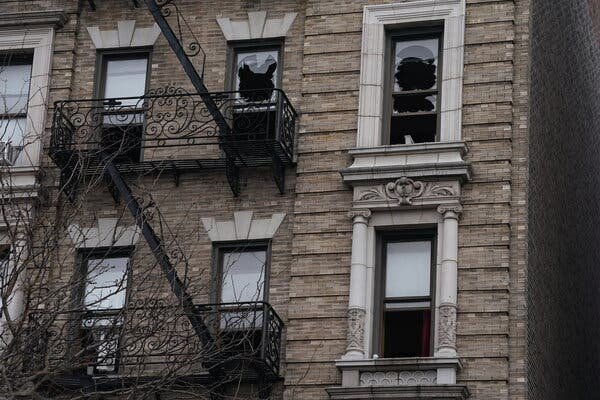On October 27, 1904, the inaugural subway train departed from City Hall. Commuters on the C train express the importance of the subway in their daily lives as residents of New York City.
The New York City subway system, which is 120 years old, had its inaugural trip in October 1904. It started as a single line running from City Hall to 145th Street in Harlem. The mayor at the time, George McClellan, drove the train, and the journey took 26 minutes, arriving right on time. The subway system celebrated its 120th anniversary recently amidst challenges such as decaying infrastructure, budget deficits, and the loss of a $15 billion funding source due to the halt of congestion pricing by Governor Kathy Hochul.
The New York City subway system has a rich history and has been a vital part of the city’s transportation network for over a century. Despite facing challenges, the subway continues to be an essential mode of transportation for millions of New Yorkers and visitors to the city. Let’s delve deeper into the history, significance, and challenges facing the New York City subway system.
History of the New York City Subway System
The New York City subway system has a fascinating history that dates back to the early 20th century. The first subway line, known as the Interborough Rapid Transit (IRT) line, opened in 1904 and ran from City Hall to 145th Street in Harlem. Over the years, the subway system expanded to include additional lines and routes, connecting neighborhoods across the five boroughs of New York City.
The construction of the subway system was a massive undertaking that involved digging tunnels, laying tracks, and building stations deep underground. The subway system revolutionized transportation in New York City, providing a fast and efficient way for people to travel around the city.
Significance of the New York City Subway System
The New York City subway system plays a crucial role in the daily lives of millions of New Yorkers. It provides a convenient and affordable way for people to commute to work, school, and other destinations across the city. The subway system also plays a vital role in supporting the city’s economy by facilitating the movement of goods and services.
In addition to its practical importance, the New York City subway system is also a cultural icon. It has been featured in numerous movies, TV shows, and songs, and is a symbol of the city’s vibrancy and diversity. The subway system is a melting pot of different cultures, languages, and backgrounds, reflecting the rich tapestry of New York City.
Challenges Facing the New York City Subway System
Despite its historical significance and cultural importance, the New York City subway system faces a number of challenges. One of the biggest challenges is the system’s aging infrastructure, which is in need of significant repairs and upgrades. Many of the subway’s tracks, signals, and stations are decades old and are in need of modernization.
Another challenge facing the subway system is budget deficits. The system relies on funding from the city and state governments, as well as fare revenue, to operate. However, the subway system has faced budget shortfalls in recent years, leading to service cuts, delays, and overcrowding.
In addition, the New York City subway system has been impacted by the COVID-19 pandemic, which has led to a significant drop in ridership and revenue. The pandemic has also raised concerns about the safety and cleanliness of the subway system, as riders are wary of crowded trains and stations.
Despite these challenges, the New York City subway system remains a vital part of the city’s transportation network. The system continues to provide essential service to millions of New Yorkers, and efforts are underway to address its infrastructure needs and financial challenges.
In conclusion, the New York City subway system is a historic and iconic institution that has played a vital role in the city’s development and growth. Despite facing challenges, the subway system remains an essential mode of transportation for millions of people in New York City. Efforts are underway to address the system’s infrastructure needs and financial challenges, ensuring that it continues to serve the city for years to come.
Source: The NY Times









